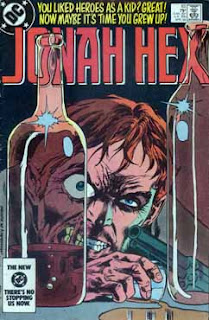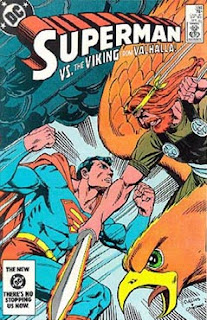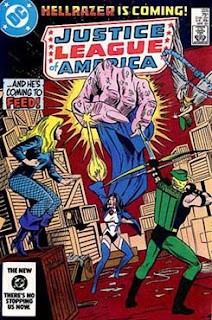Constructed languages, at least for naming, are a big part of fantasy literature. Evocative coinings like Minas Tirith, Lankhmar, Aes Sedai, An-Athair, Khaleesi, Tharagavverug, and sranc are an important part of the enjoyment.
In fantasy rpgs, however, even constructed naming languages can be tough for some players. Not only can names like Hrü'ü be hard for some to pronounce, but a number npcs with difficult/unfamiliar names may be difficult for players to keep straight or remember at all and so keep those players from fully engaging with the imagined world.
Tolkien, bitten though he was by the conlanging bug, offers a solution: translation.
We all know, of course, that we must imagine translation as having occurred so that we can read books and play characters in rpgs in our native languages and not in whatever language exists in the setting. Tolkien, unlike most authors, doesn't just leave this to necessary convention. He tells us that the book he ostensibly got the story of LotR from was in Westron and that the names of the Hobbits Bilbo Baggins and Peregrine "Pippin" Took (for example), are translations/localizations of Bilba Labingi and Razanur "Razar" Tûc, respectively.
Those nice details aside, Tolkien goes a step further. Other imaginary languages in his work beyond Westron get rendered as different, real languages: Rohirric, the language of Rohan gets translated into Old English, and names in the tongue of Dale and that of the dwarves get translated into Old Norse. This allows him to retain the "foreignness" of those other tongues from the perspective of Westron which has become mostly invisible since it's rendered as Modern English.
But he's not done there! Tolkien often chooses languages to "translate" into that retain the essence of the imagined linguistic relationship between his fictional languages. For instance, the names of the ancient kings of Rhovanion are rendered in Gothic, preserving in Gothic's relationship to Old English something of the relationship of the tongue of ancient kings to Rohirric and Westron. This graph from Wikipedia shows it:
 |
| Chiswick Chap |
I think this approach is a natural fit for rpgs. True, any use non-Modern English (or whatever the native language of your group is) might present difficulty for some players, but I think "coding" the use of unfamiliar languages to only certain groups both aids the memory and decreases the total number of unfamiliar things to remember. If Elvish names are translated as French (or Farsi, or whatever you like), well maybe the player still can't remember a particular elf's name, but they stand a better chance of recognizing names as Elvish.
There was a Dragon article back in the 80s that sort of hit upon this. The author suggested using a mix of Old and Middle English to represent the ancestor of Common. In my Azurth campaign, I have high elves speak in sort of the cod-Shakespearean manner of Marvel Comics' Thor to represent how their long lives left them behind current language changes.



































.jpg)





















